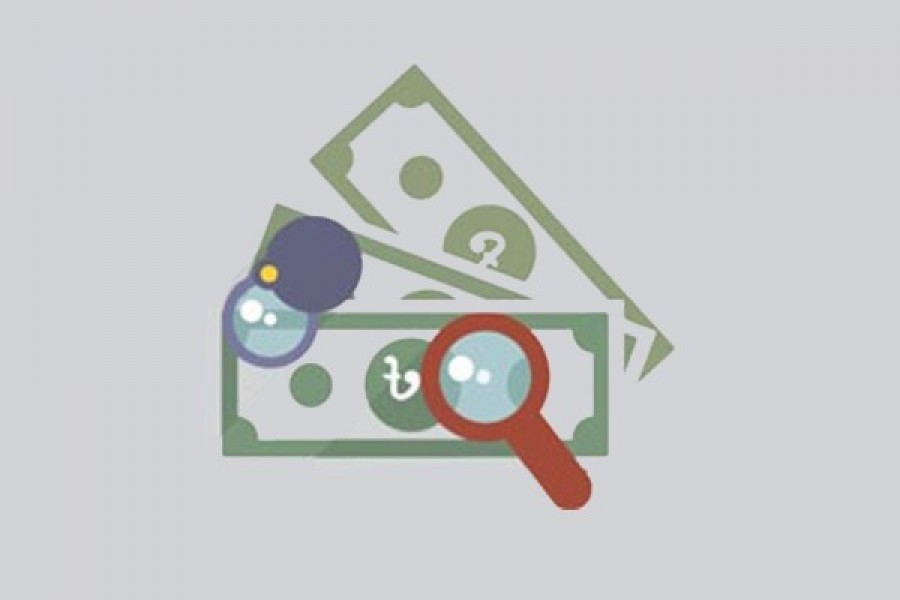Bangladesh's macro-economy got into tribulation in the second half (H2) of the outgoing calendar year mainly under massive inflationary pressure and steep dollar appreciation amid higher import payments-warranting prudent healing.
Although the economy had almost bounced back from the pandemic losses early in the year passing by, maintaining better economic indicators, economic turmoil began following the global oil-and food-price spikes following the outbreak of Russia-Ukraine war.
Severe inflationary pressure coupled with higher import payments hit the consumers hard as it is eating up a major share of monthly income of the individuals for higher spending against food and daily necessities, according to latest economic analyses.
The point-to-point inflation jumped to 9.52 per cent in August-an 11-year high-although it was staying within a 7.0-percent rate in the entire H1 of the year 2022.
The twelve-month average headline inflation swelled to 7.48 per cent in November 2022 from 7.23 percent in October last year, Bangladesh Bureau of Statistics (BBS) data showed.
Meanwhile, the US dollar rate has passed a fickle road over the entire calendar year as its exchange rate against BDT reached maximum Tk116.
Although this calendar year started with an exchange rate of Tk85.80 per USD, it stood at Tk105 against a USD in the end, central bank data showed.
The massive USD appreciation made Bangladesh's growing import more costly in the H2 for which the
government is forced to check the imports from overseas market.
On December 29, the foreign-exchange reserves came down to $33.83 billion from $45.80 billion a year ago on December 28, 2021. Even in the middle of this calendar year (June) the amount was $41.82 billion, central bank statistics show.
Remittance also started falling in the H2 in lockstep with lower export-earning growth, which threw the country's foreign-exchange reserves into a weaker trajectory.
The other macroeconomic catalysts like foreign aid inflow, consumption, private-sector credit flow, capital machinery and raw material imports are also showing weaker trends in recent months, which narrowed down the country's economic-growth prospect further.
Local analysts forecast that the Bangladesh's Gross Domestic Product (GDP) growth is likely to be slower than last year's due to several troubles on the growth pillars.
The country's development partners and global financial institutions had already forecast lower GDP growth for Bangladesh in the current fiscal year (FY) 2022-23 amid the local and global economic shocks.
The Asian Development Bank (ADB) in September downgraded Bangladesh's GDP-growth forecast to 6.6 per cent for the current FY2023 from its April projection of 7.1 per cent.
The World Bank in October revised down the country's GDP growth forecast to 6.1 per cent for the current fiscal from 6.7 per cent made in April and June this year.
Meanwhile, the country's banking-sector scams and financial mismanagement had affected the overall financial sector, affecting the liquidity as well as credit flow to the customers.
Non-performing loan (NPL) buildup and lack of governance created mistrust among the customers, making the country's banking and non-banking financial institutions into a big challenge, say economists.
Bangladesh Bank (BB) data showed total liquid assets of scheduled banks declined by 5.92 per cent to Tk4.15 trillion in October 2022 compared to that of June 2022.
Massive budget deficit amid lower revenue-collection growth had prompted public-sector credit to grow by 30.99 per cent year on year till October 2022.
Domestic resource mobilisation was also not satisfactory amid the huge budget deficit as the National Board of Revenue (NBR) collected Tk909.02 billion in the July-October period of the current year, against the target of Tk973.07 billion.
The government has been searching budgetary support from the overseas development partners, including the International Monetary Fund, WB, ADB, Japan, and AIIB, to bankroll the deficit financing.
The country's merchandise-export growth during the H2 (July-November) of 2022 was lower than that in the H1.
The overseas workers' remittances had also taken the similar path as the rate of the forex earnings was lower in the H2 than that in the H1.
Also, the current-account deficit widened to US$4.50 billion during July-October in 2022.
In the H2 of the outgoing calendar year, the foreign-aid inflow to Bangladesh was maintaining lower trend as the assistance fell by 21 per cent in five months through November compared to the same period last year, official data showed.


